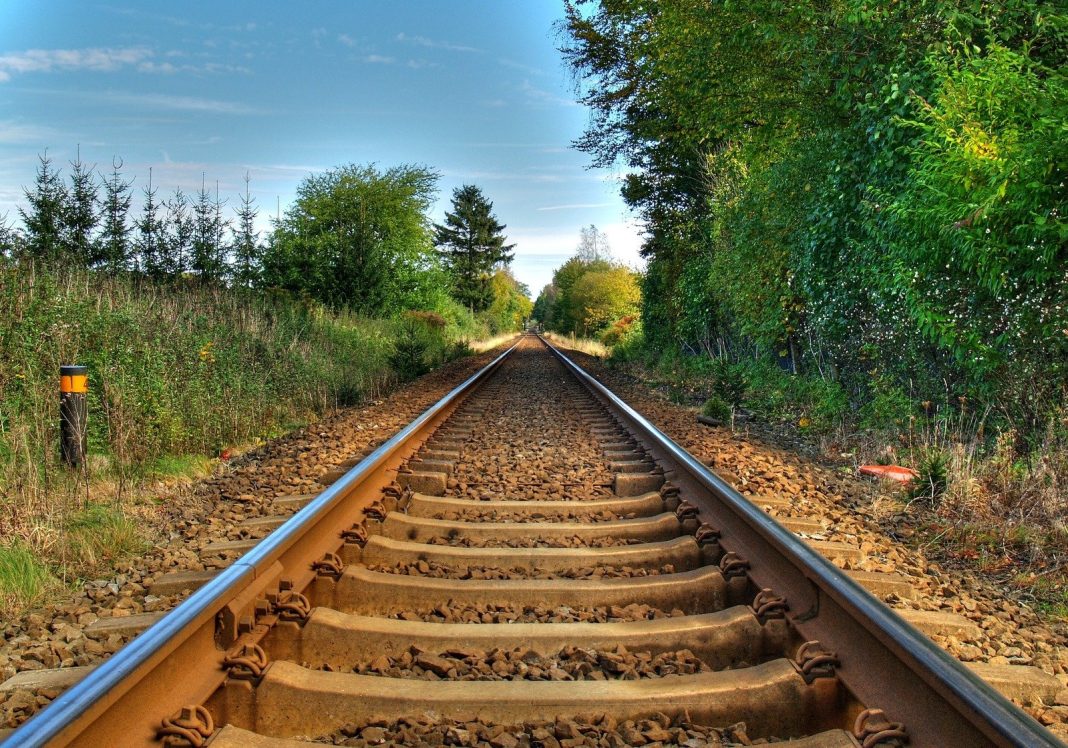The railway track between Khanpur and Rohri stations has been in a deteriorated state for an extended period due to various technical and operational issues. These include staff negligence, theft of installations, and inadequate maintenance, leading to frequent train derailments.
According to sources within the Pakistan Railways’ Sukkur Division, the 165km-long track between Khanpur and Rohri has become hazardous for trains due to broken fish-plates. Significant areas posing threats to trains include locations near Nooraywali level crossing, Rahim Yar Khan, Adam Sahaba, Chandrami, Walhar, Reti, Dhandi, Dahirki, Ghotki, Mahisar, Sanghi, and Khairpur railway stations.
The deteriorating track conditions have resulted in multiple derailments, mostly affecting goods trains over the past few years. The primary cause is attributed to theft of fish-plates and nuts and bolts, stemming from negligence and insufficient vigilance by technical staff.
This section of track is vital for various passenger trains traveling between Karachi, Lahore, Rawalpindi, and Quetta, including prominent services like Greenline, Tezgam, and Pak Business Express. Many of these trains pass through the hazardous section at high speeds, increasing the risk of accidents.
Recent incidents, such as the derailment of the Karachi-bound Millat Express and an attempted sabotage on the Rawalpindi-bound Thal Express, highlight the urgent need for addressing these issues. Railway officials acknowledge the lack of vigilance and negligence among staff as significant contributing factors to such accidents.
Efforts to address these challenges include enhancing supervision, deploying qualified personnel for patrolling, and utilizing advanced inspection tools. However, further coordination with railway police and Ministry of Defence is necessary to combat theft and ensure track safety.
In addition to theft-related issues, challenges such as broken sleepers and terrain-induced stress on the track compound the situation, demanding comprehensive solutions to prevent future accidents.




